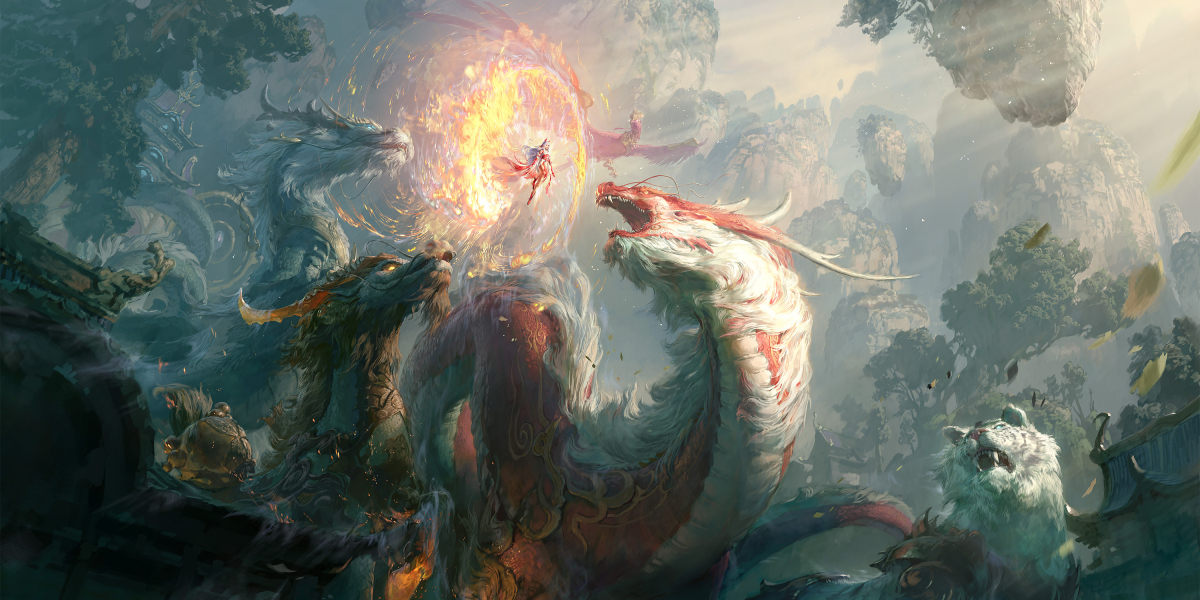3D printing has revolutionized the way we create and manufacture objects, but it is not without its challenges. Understanding the common 3D print issues can significantly improve your printing experience. In this article, we will explore five prevalent problems and provide practical solutions to overcome them.
1. Warping
Warping is one of the most frequently encountered common 3D print issues. It occurs when the edges of a print lift off the build plate, leading to a distorted final product. This problem is often caused by uneven cooling of the material.
- To mitigate warping, ensure that your build plate is properly leveled.
- Using a heated bed can help maintain a consistent temperature.
- Consider using adhesion aids such as glue sticks or painter's tape to enhance the bond between the print and the bed.
2. Layer Separation
Another common issue is layer separation, where the layers of a print do not adhere properly to each other. This can lead to weak structures and ultimately, print failure. What causes this problem? Often, it is due to insufficient temperature settings or incorrect print speed.
- Check your printer's temperature settings; increasing the nozzle temperature can improve layer adhesion.
- Adjusting the print speed may also help, as slower speeds allow for better bonding between layers.
3. Stringing
Stringing, or oozing, occurs when small strands of filament are left behind as the print head moves between different areas of the print. This can be particularly frustrating, especially for detailed models. How can you reduce stringing?
- Lowering the nozzle temperature can minimize oozing.
- Enabling retraction settings in your slicer software can also help pull back filament when the print head is moving.
4. Under-extrusion
Under-extrusion is a common problem where the printer does not supply enough filament, resulting in gaps and weak spots in the print. This issue can stem from a variety of factors, including clogged nozzles or incorrect filament diameter settings.
- Regularly clean your nozzle to prevent clogs.
- Ensure that the filament diameter settings in your slicer match the actual diameter of the filament you are using.
5. Print Failures
Print failures can be disheartening and are often caused by a combination of the issues mentioned above. To prevent these common 3D print issues, it is essential to maintain your printer and calibrate it regularly. For a comprehensive guide on preventing 3D printing failures, check out this detailed resource.
In conclusion, while common 3D print issues can be frustrating, understanding their causes and solutions can lead to a more successful printing experience. By implementing the strategies outlined above, you can enhance the quality of your prints and enjoy the creative possibilities that 3D printing offers.







